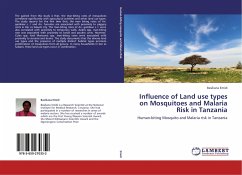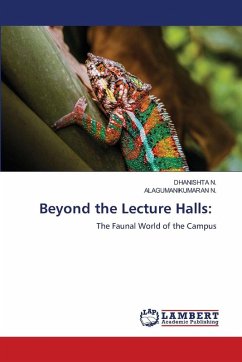Wild ungulates are hoofed mammals comprising of large grazers and browsers. They have high economic values and their resources provide environmental goods and services. In Kenya, wildlife numbers have drastically declined due to land use changes (LUCs) over the past three decades. This has affected wildlife habitats by converting them into farmlands and human settlements. This study used remote sensing data from landsat satellite to analyze the changing land use patterns between 1980 and 2013 and their impacts on wild ungulates in KWE. The main possible causes of LUC were found to be agricultural expansions, human population dynamics, economic factors, changing land tenure policy, politics, and sociocultural factors. The main effects of LUCs on wild ungulates in KWE include a decline in wild ungulate numbers, habitat destruction, increased human-wildlife conflicts, land degradation, and displacement of wild ungulates by livestock. To ensure the future of wildlife in Kenya is not doom there is need to strike a balance between wildlife conservation and economic development bearing in mind that wildlife conservation is not a business that can be compared with other land uses.
Bitte wählen Sie Ihr Anliegen aus.
Rechnungen
Retourenschein anfordern
Bestellstatus
Storno








